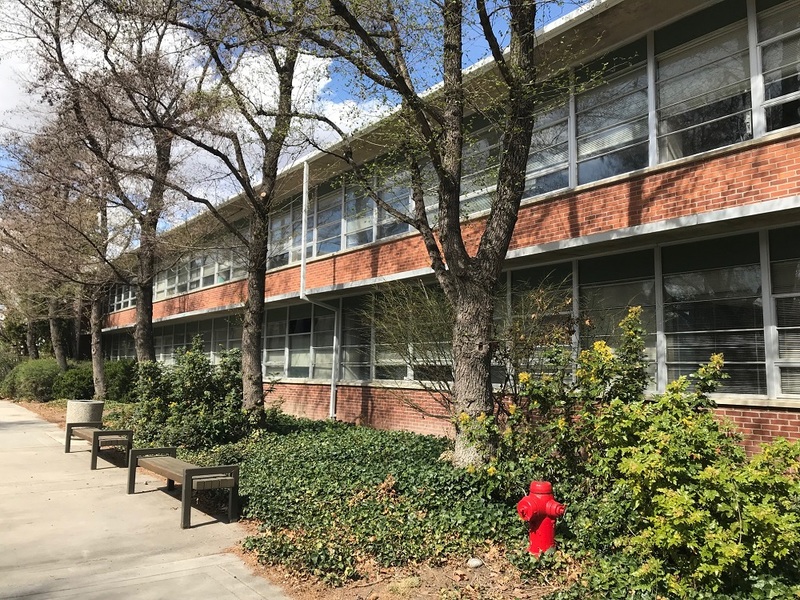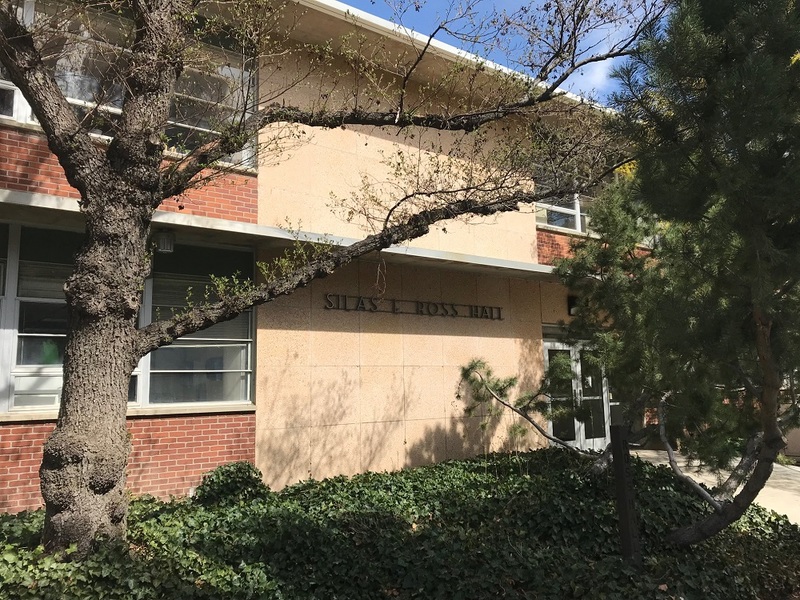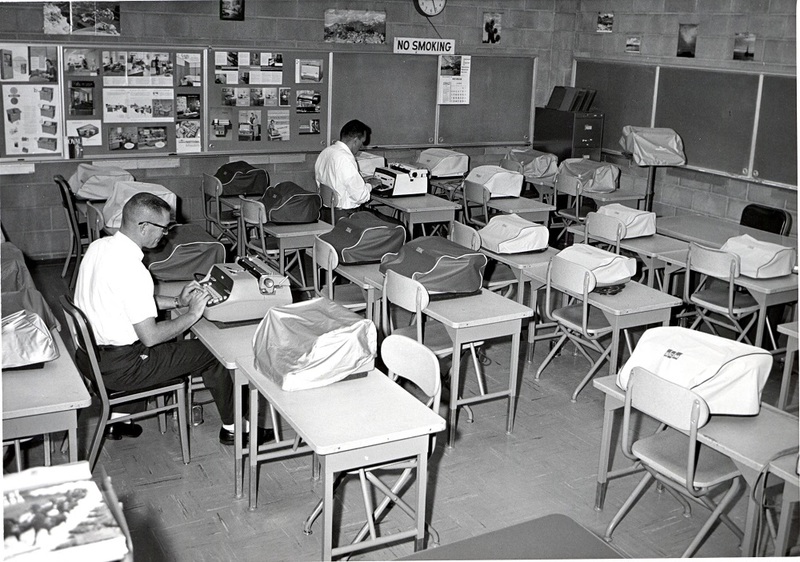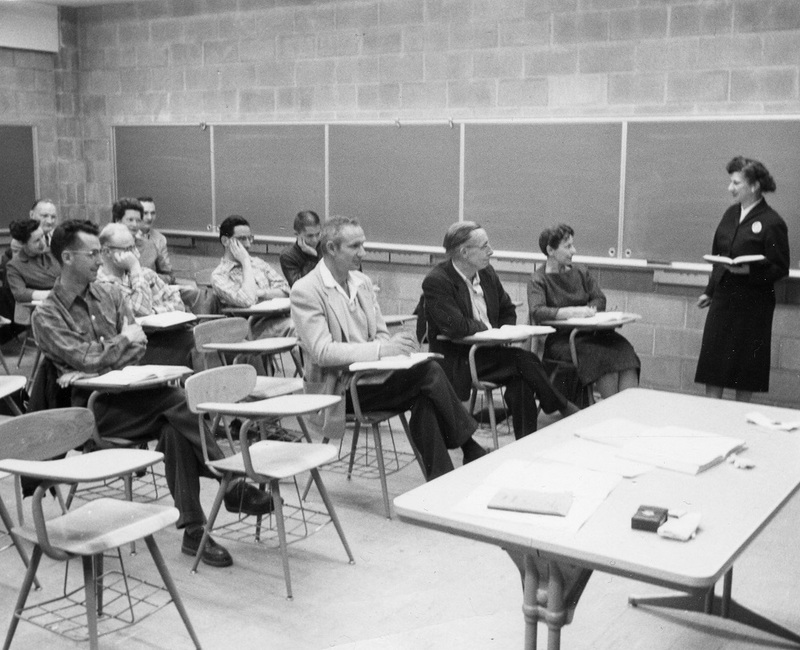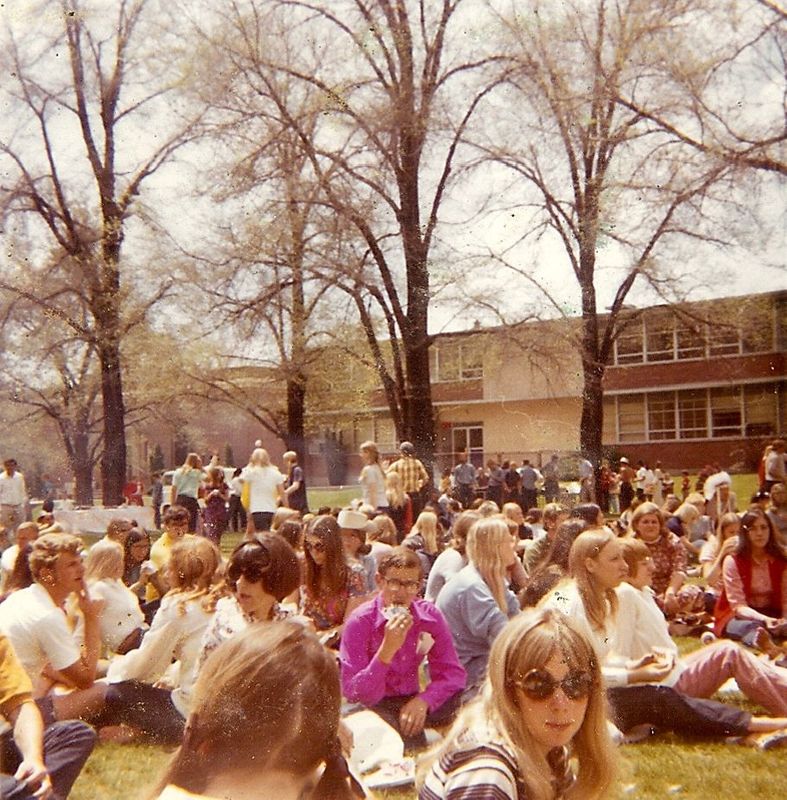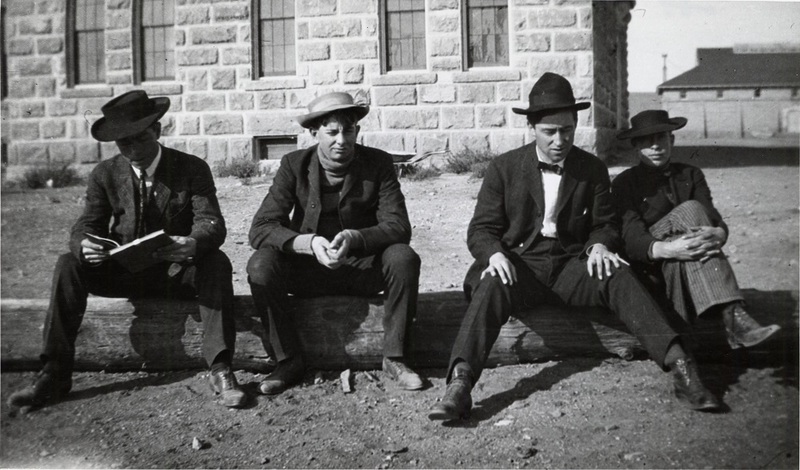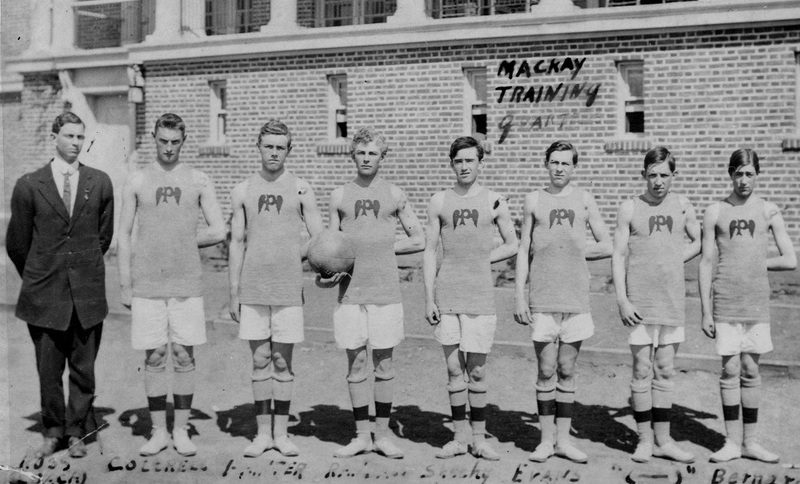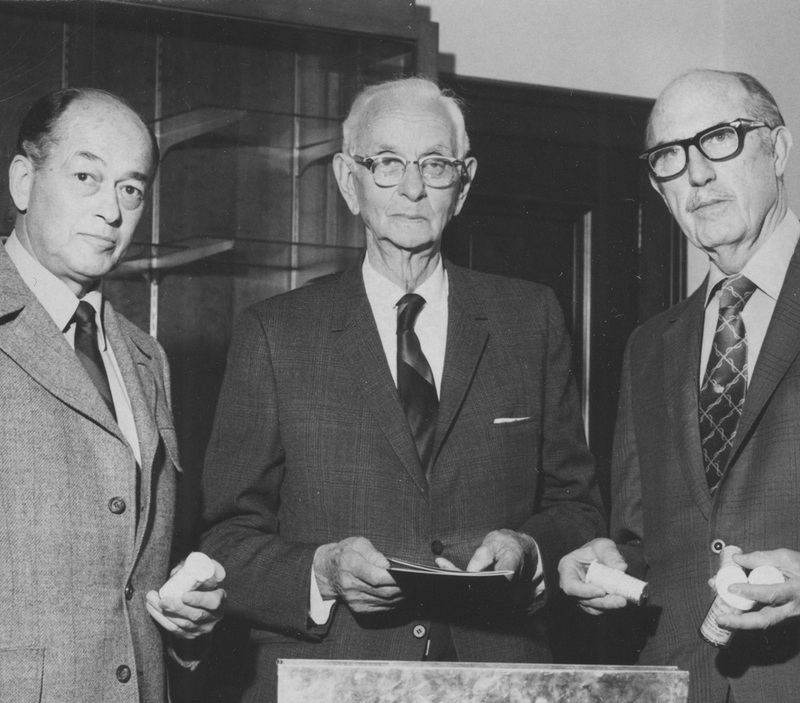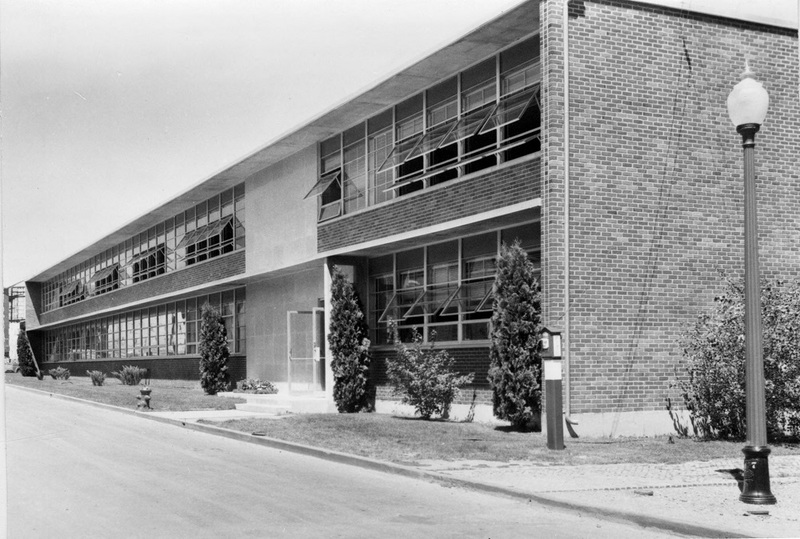
Silas E. Ross Hall opened in June 1957, kicking off a campus construction boom that included the Max C. Fleischmann College of Agriculture Building, the Sarah Hamilton Fleischmann School of Home Economics, the Jot Travis Student Union Building, and Church Fine Arts. Authorized in 1955 by the Nevada State Legislature, it was the first new permanent university classroom building in over a decade.
Located on the west side of the historic Main Quad, Ross Hall stands out for its modern architecture. It replaced the original Chemistry building, which had stood on the site since 1902. By the mid-1950s, the campus was running low on classroom and administrative space. Offices for the Registrar, the Dean of Student Affairs, and the Dean of Women were all being housed in Quonset huts between Stewart Hall and the Journalism Building.
Ross Hall was intended primarily to provide much-needed offices and classrooms for the School of Business Administration, which was formerly housed on the third floor of Morrill Hall. Designed by David Vhay and M. DeWitt Grow, the building represents a modest expression of Modern Movement architecture with its flat roof and relatively unadorned surfaces. Long ribbons of multi-light metal-framed windows lend a horizontal emphasis to the overall structure of concrete, brick, and steel.
Interestingly, architect David Vhay, who also designed Getchell Library in 1962 (since demolished) was married to the daughter of Gutzon Borglum, the famed designer of the John Mackay Statue in front of the Mackay School of Mines as well as the sculptures of the faces of four presidents on Mount Rushmore. Vhay married Mary Ellis “Mel” Borglum in 1939, just before the couple moved to Reno from Santa Barbara.
The building was named in honor of Silas E. Ross, who graduated from the University of Nevada in 1909. A resolution in the cornerstone of the building names Ross "one of the institution’s most beloved graduates," asserting “That if the University of Nevada is the lengthened shadow of a man, that man is Silas E. Ross." After receiving a degree in Mining Engineering, Ross briefly taught chemistry on campus before founding a mortuary firm in Reno called Ross, Burke, and Knobel, in 1914. He served on the Nevada Board of Regents from 1932 to 1957, and also spent eight years on the Reno City Council.
In the decades since its opening, Ross Hall has housed a variety of programs and offices. No longer a classroom building, it is currently home to various administrative functions including university finances.
Images

